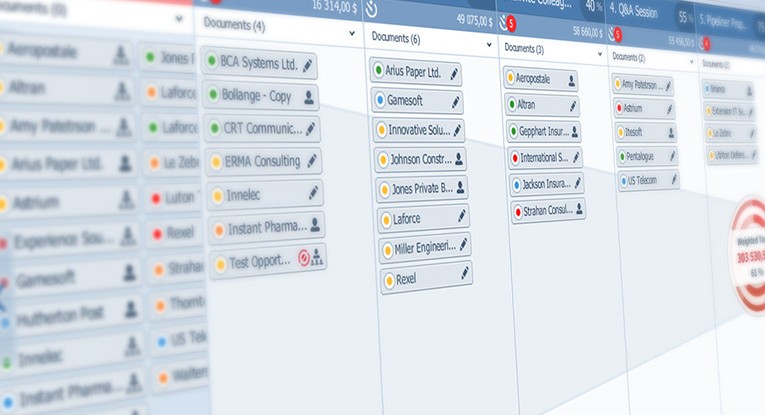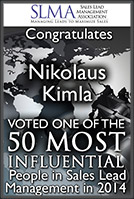CRM Solutions: A Funnel or a Pipeline?
Yes, this might be a strange title for an article. But when you understand what I mean by these two terms—and more importantly what they signify for your salespeople and your company—they may never leave your vocabulary. This concept also has a considerable impact on your choice and deployment of a CRM solution.
The “Funnel” Approach
If you pour water through a funnel, gravity pulls the water from the top to the bottom. Unfortunately this natural occurrence has been widely adopted and applied to sales. The idea has been that if one pours leads in through the top, they would almost automatically fall through the funnel, become opportunities along the way, and reach the bottom as closed sales.
The problem with this idea is that, within the sales process, gravity does not exist. You can have a tremendous number of leads, yet there is absolutely no assurance that they will become opportunities as they make their way down, and then become closed sales the “bottom of the funnel.” In order for leads to develop into real opportunities, and for sales to occur, someone must be actively involved with the process.
The “Pipeline” Approach
The concept of a horizontal pipeline is much closer to the reality of how sales are successfully made. Leads are brought in at one end of the pipeline, and then actively moved along through the various stages of the sales process by salespeople. At every stage, salespeople are applying their skills to move that sale further along the pipeline.
In order for a pipeline to function, a company must have an established sales process. A sales process is that exactly prescribed series of steps from lead all the way to a close, that a sale must progress through. The sales process is normally evolved from the successful sales methods of proven sales reps, so that lesser experienced and even novice salespeople can follow in their footsteps. A sales process also makes sales management far easier, because everyone involved is “on the same page.”
Funnel, Pipeline and CRM Solution
It will be found that a majority of CRM solutions on the market today are, unfortunately, based on the “funnel” approach. Since this is not a reflection of how salespeople actually operate, such tools are not logical. Sales reps end up utilizing solutions of their own, such as spreadsheets and their own notes—making the data from these generally unavailable. Sales management cannot obtain needed data from CRM, so in order for them to be apprised of what is occurring with sales, they require cumbersome reports from sales reps as well as regular verbal briefings. This is a waste of time for both sales management and salespeople.
A CRM solution functions best when it is aligned to the pipeline concept. This means, first, that it mirrors the company’s sales process exactly—CRM is logically laid out so that any sale can be found at its appropriate stage of the pipeline.
A CRM tool so designed and utilized is a powerful enabler for salespeople. They can easily record and retrieve data on their sales pipelines, as that data fits logically into CRM. A sales rep can step back and view his or her pipeline, and get an accurate estimate of what is needed to finish off a successful month or quarter. And most importantly, salespeople are in control and on top of their sales, in every respect.
This approach for CRM also makes life much easier for sales management. Information needed for reports to higher executives can be easily obtained right from the CRM solution, and will not be constantly required in reports from salespeople.
So take a look at your sales operation and your CRM solution: is it more of a funnel, or a pipeline? Make it into the latter and watch your sales soar.








Leave a Reply
Want to join the discussion?Feel free to contribute!